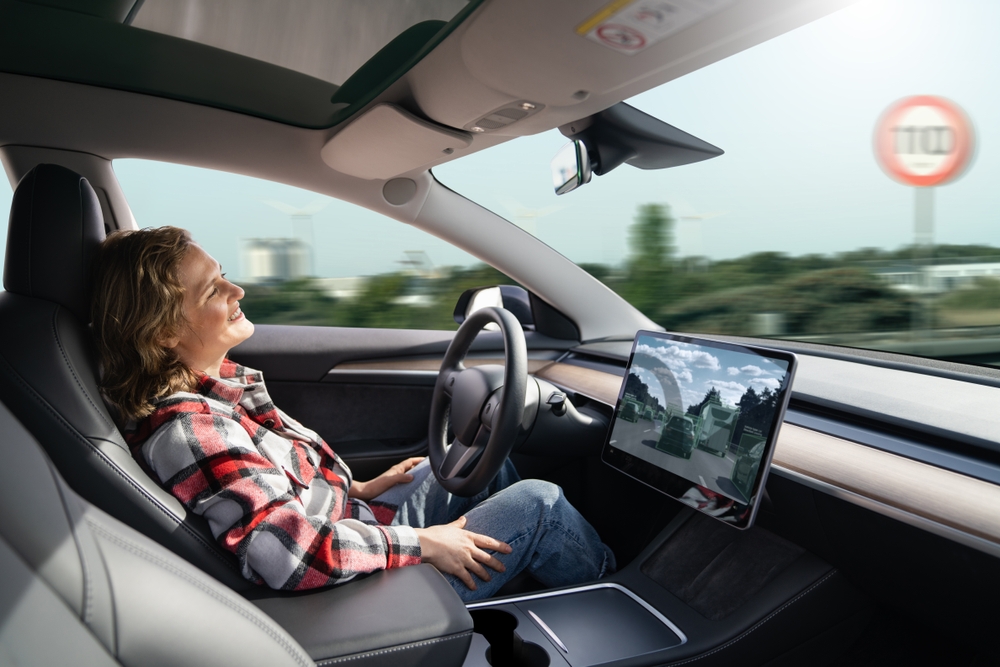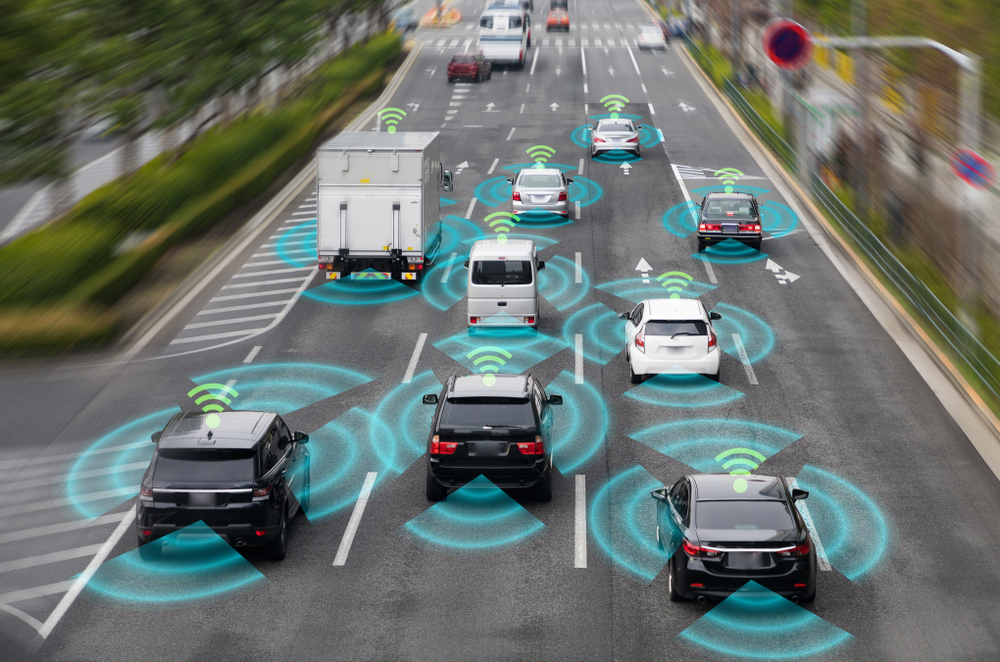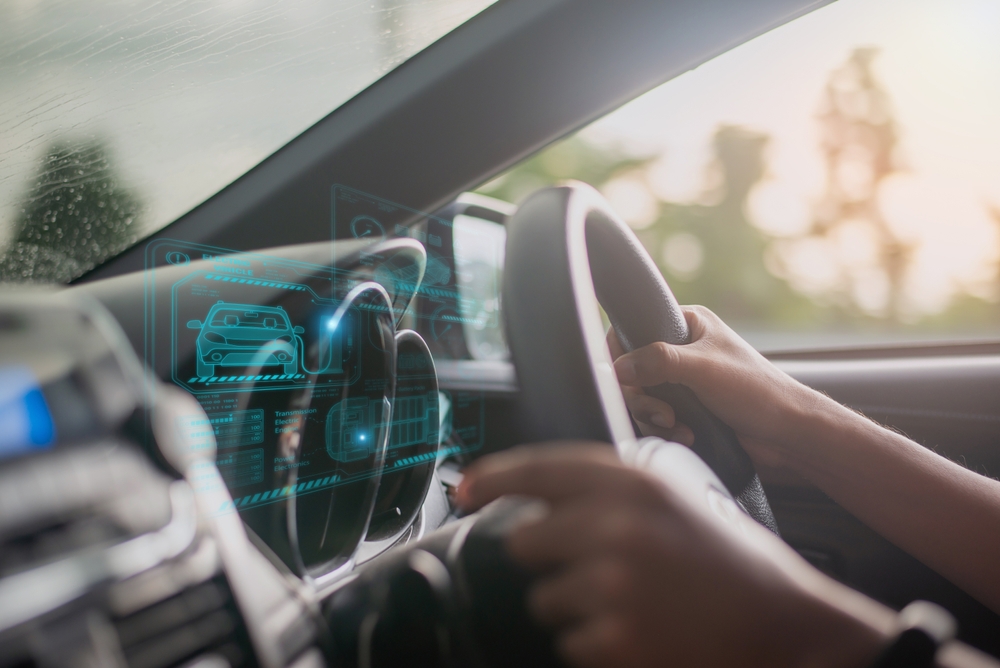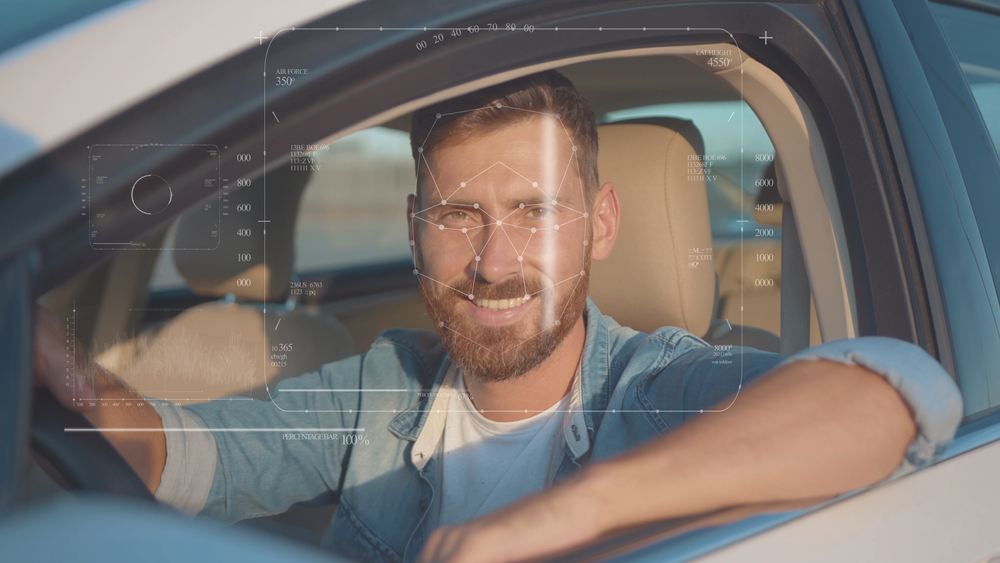Welcome to the thrilling world of automotive revolution! The future of automobiles stands on the brink of an era where today’s technologies and visions will shape the roads of tomorrow. From groundbreaking propulsion systems to intelligent vehicle networks, discover how innovations will not only transform how we drive but also redefine our way of life. Dive into the fascinating facets of the automotive industry’s future!
Autonomous Driving: The Dawn of a New Era
Autonomous driving is no longer just science fiction. With advanced sensors and AI-driven systems, vehicles are set to navigate without human intervention. This technology promises not only a dramatic reduction in accidents but also a new level of freedom and flexibility for all road users.

Electric Vehicles: The Energy Revolution
Electric cars have evolved from a niche market to a dominant force. With powerful batteries and an increasingly robust charging infrastructure, they offer an eco-friendly alternative to traditional combustion engines. This shift reduces emissions and transforms energy consumption in the transportation sector sustainably.
Hyperloop and High-Speed Travel: The Future of Mobility
Imagine traveling from one city to another in mere minutes – that’s the vision of the Hyperloop. This futuristic transportation method uses magnetic levitation to transport people at breathtaking speeds through vacuum tubes, potentially taking travel to an entirely new level.
V2X Communication: Connecting Vehicles for a Smarter Road
Vehicle-to-Everything (V2X) communication is set to revolutionize road safety and traffic management. By allowing vehicles to communicate with each other and with infrastructure, this technology enhances real-time data exchange, reduces collisions, and optimizes traffic flow for a more efficient and safer driving experience.

Augmented Reality Dashboards: Driving with a Digital Twist
Imagine having critical driving information overlaid directly onto your windshield. Augmented reality dashboards are transforming how drivers interact with their vehicles by integrating real-time data, navigation aids, and hazard warnings into their field of vision, making driving both safer and more intuitive.
Vehicle-to-Grid (V2G) Technology: Cars as Power Sources
Vehicle-to-Grid (V2G) technology allows electric vehicles to not only draw power from the grid but also feed energy back into it. This bidirectional energy flow helps balance grid demand, supports renewable energy integration, and turns your car into a mobile power source, enhancing energy resilience and sustainability.
Advanced Driver Assistance Systems (ADAS): A Helping Hand on the Road
ADAS are revolutionizing vehicle safety with features like adaptive cruise control, lane-keeping assistance, and automated parking. These systems use a combination of sensors, cameras, and AI to assist drivers in making safer decisions, reducing human error, and enhancing overall driving experience.

Smart Traffic Management: AI Meets Urban Planning
Smart traffic management systems leverage AI to analyze traffic patterns, predict congestion, and optimize signal timings. By dynamically adjusting traffic flow and providing real-time updates, these systems aim to reduce travel time, lower emissions, and improve the efficiency of urban transport networks.
Sustainable Materials: Eco-Friendly Innovations in Car Design
The push towards sustainability is influencing car design with the use of eco-friendly materials like recycled plastics, natural fibers, and sustainable composites. These materials not only reduce the environmental impact of vehicle production but also contribute to a greener and more responsible automotive industry.
Biometric Vehicle Access: Securing Your Ride with a Personal Touch
Biometric access systems are enhancing vehicle security by using fingerprint recognition, facial scans, or retina scans to unlock and start vehicles. This technology provides a higher level of security and personalization, ensuring that only authorized users can access and operate the car.

Mobility as a Service (MaaS): Redefining Transportation Solutions
Mobility as a Service (MaaS) is transforming how people use transportation by integrating various modes of transport into a single, seamless service. Through apps and digital platforms, MaaS offers personalized travel solutions, combining public transit, ride-sharing, and bike rentals to optimize convenience and reduce reliance on private cars.
Conclusion
The automotive industry’s future is a canvas of innovation and transformation. As these cutting-edge technologies continue to evolve, they promise to revolutionize our transportation experience, making it safer, more efficient, and environmentally friendly. From autonomous driving to sustainable materials, the advancements on the horizon are set to redefine not just how we travel, but how we live and interact with the world. Embrace the journey ahead and be part of the exhilarating evolution shaping tomorrow’s mobility.

